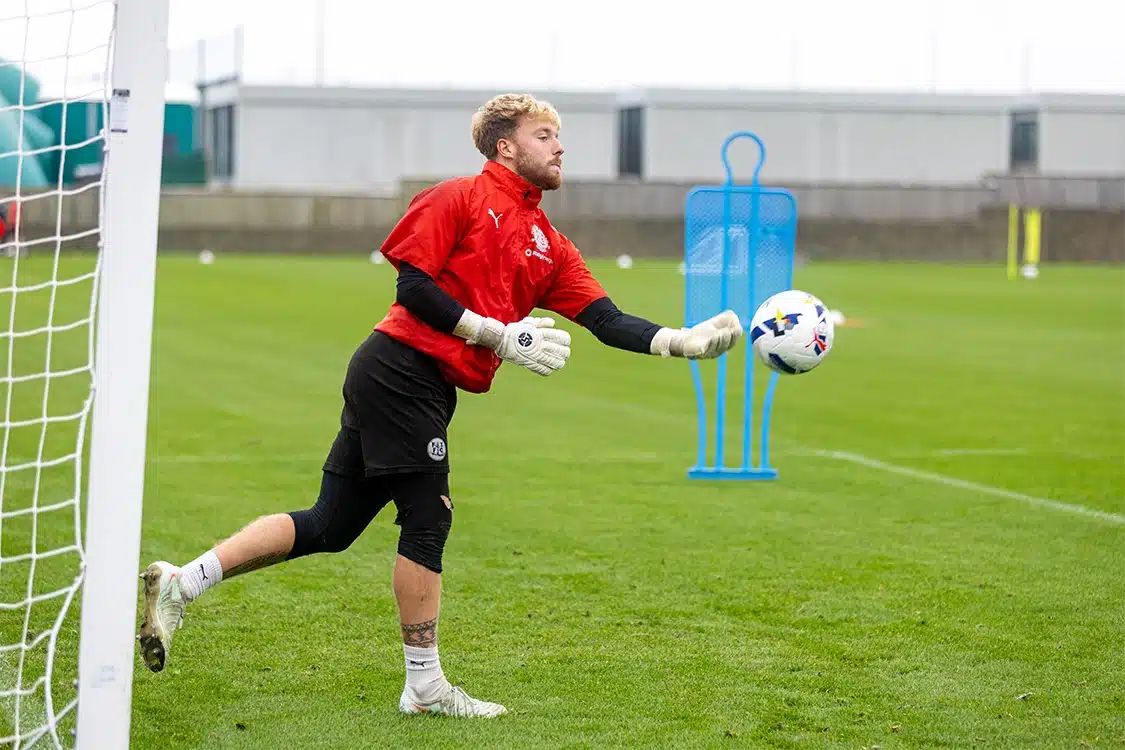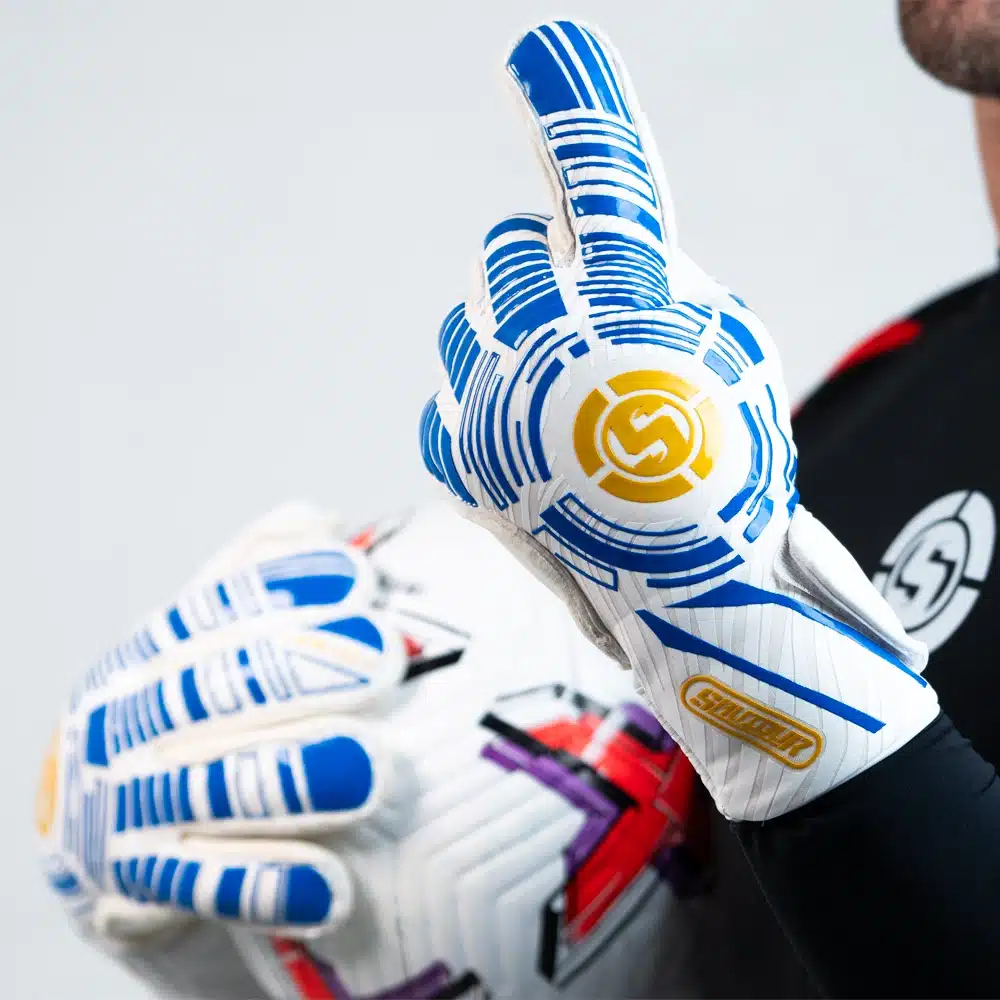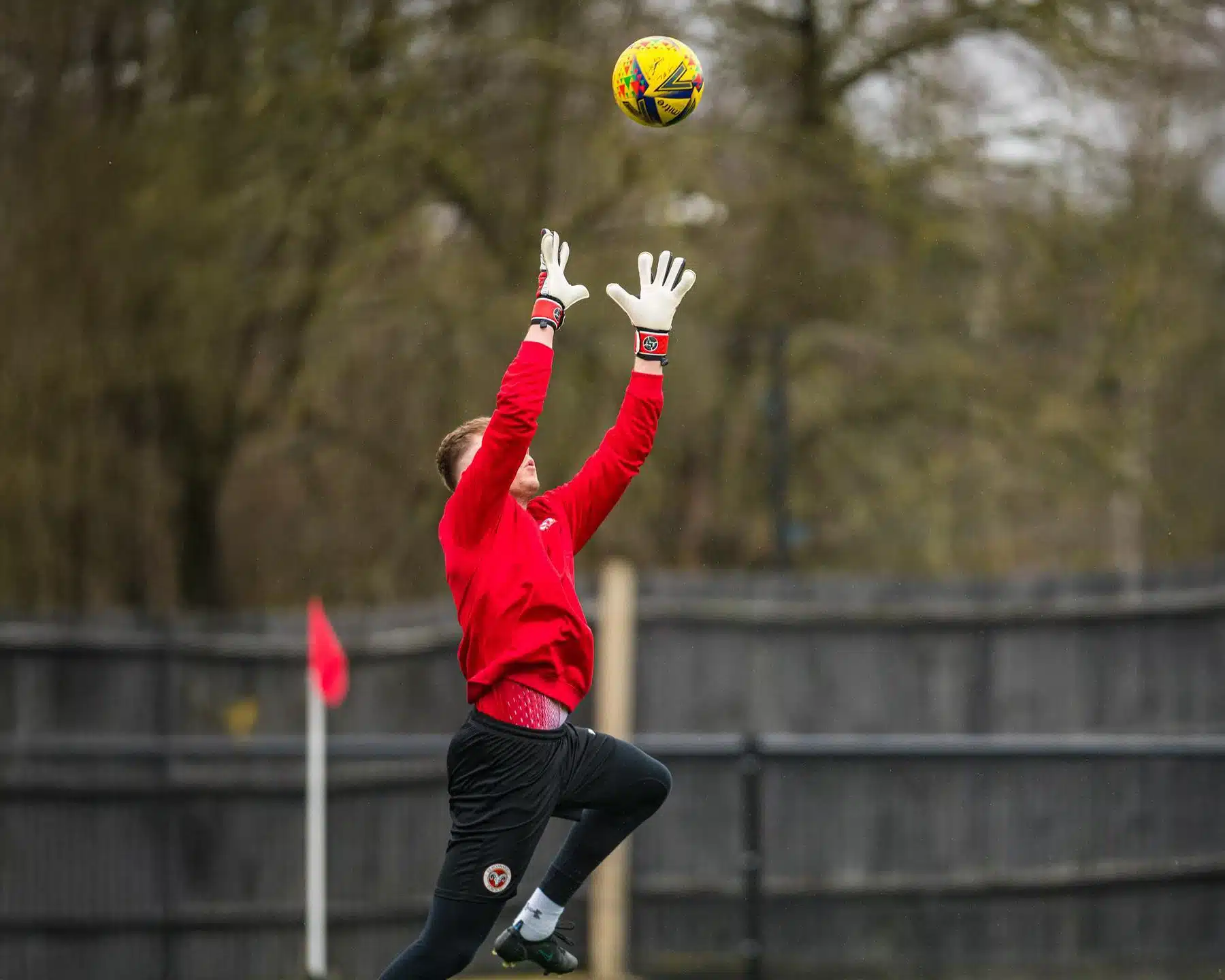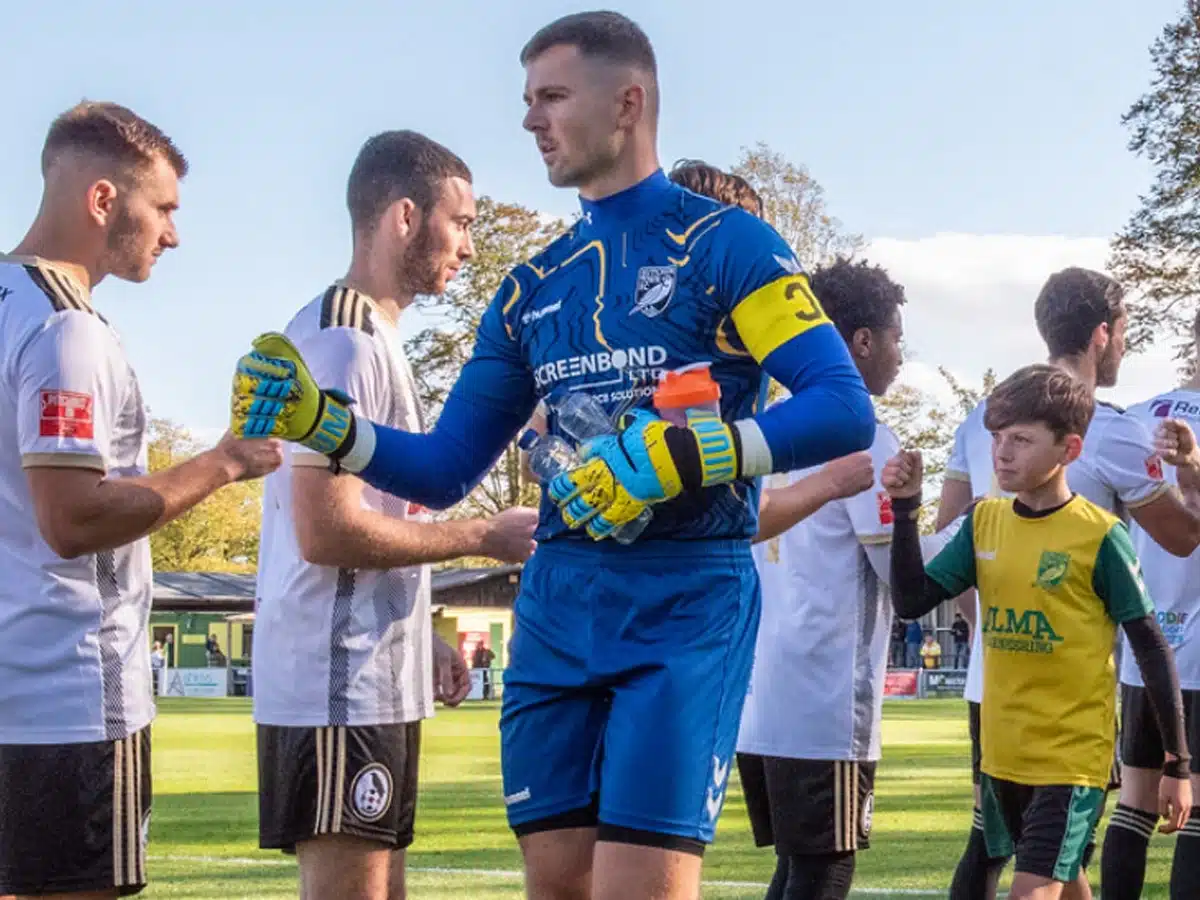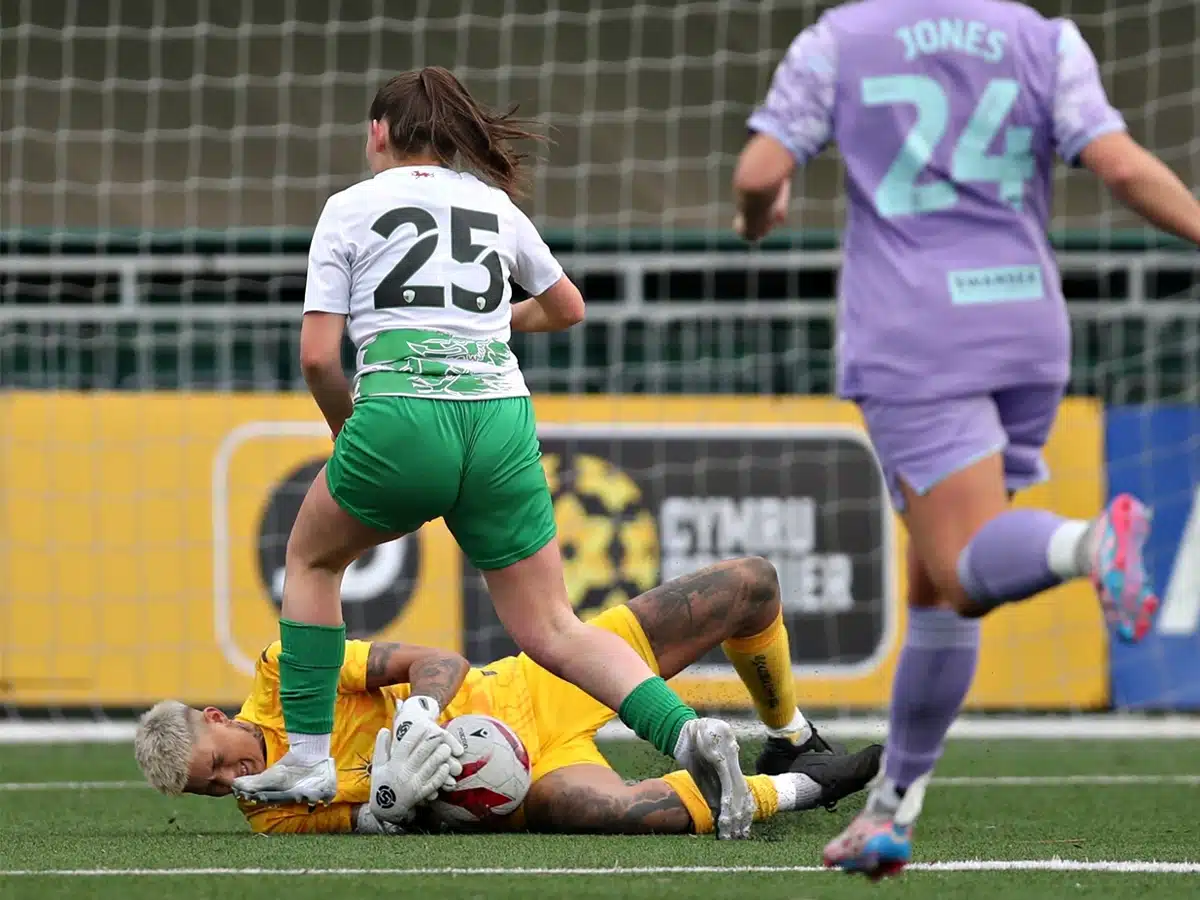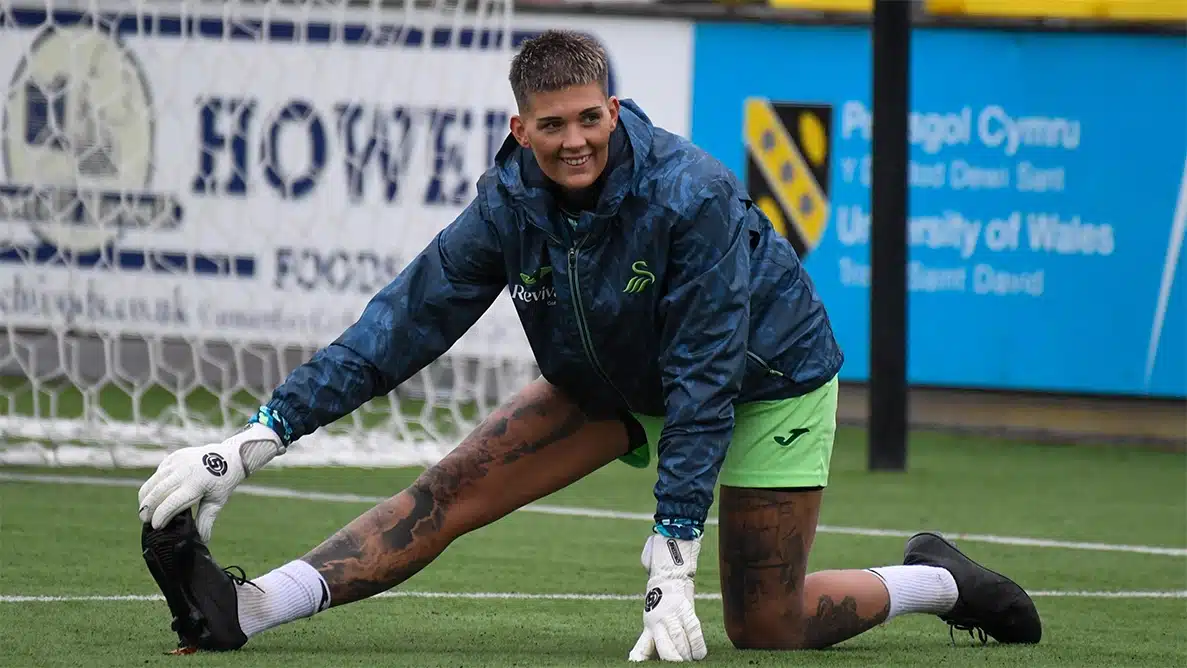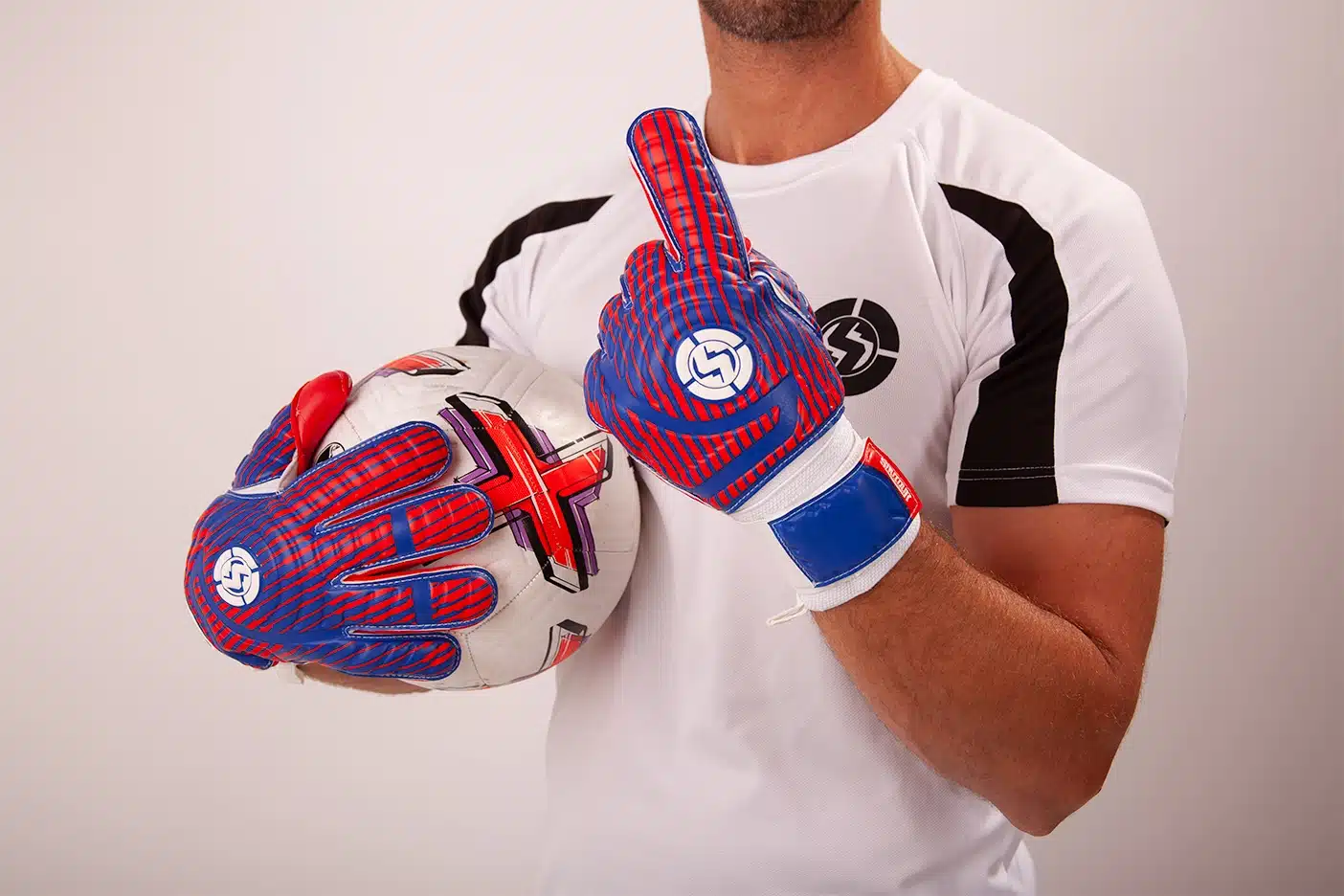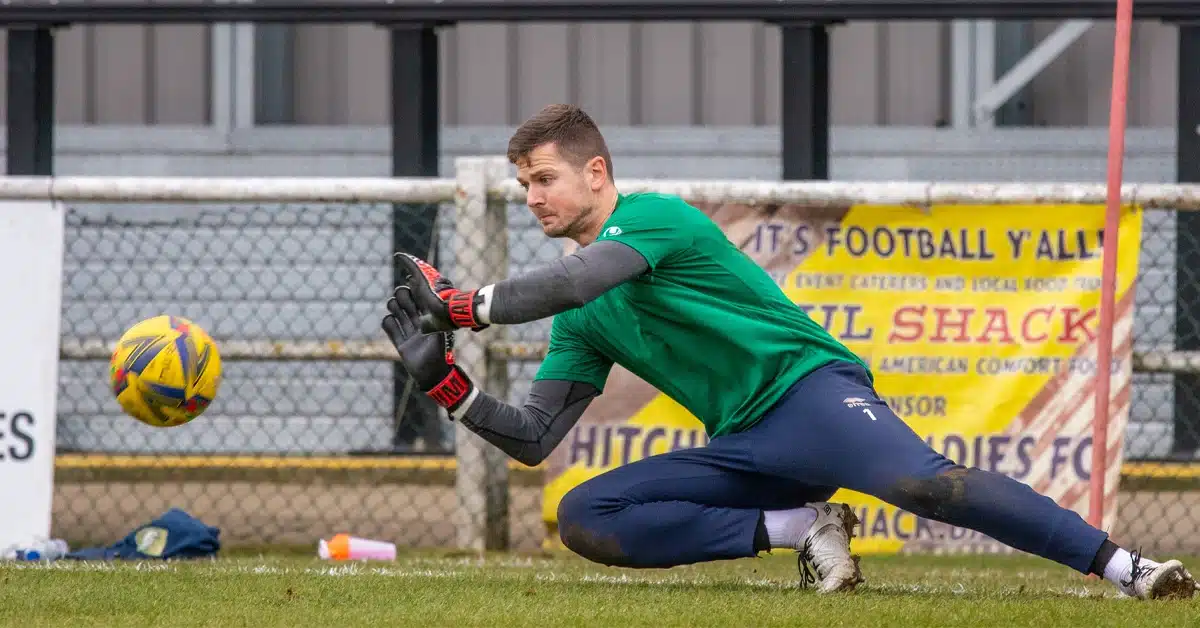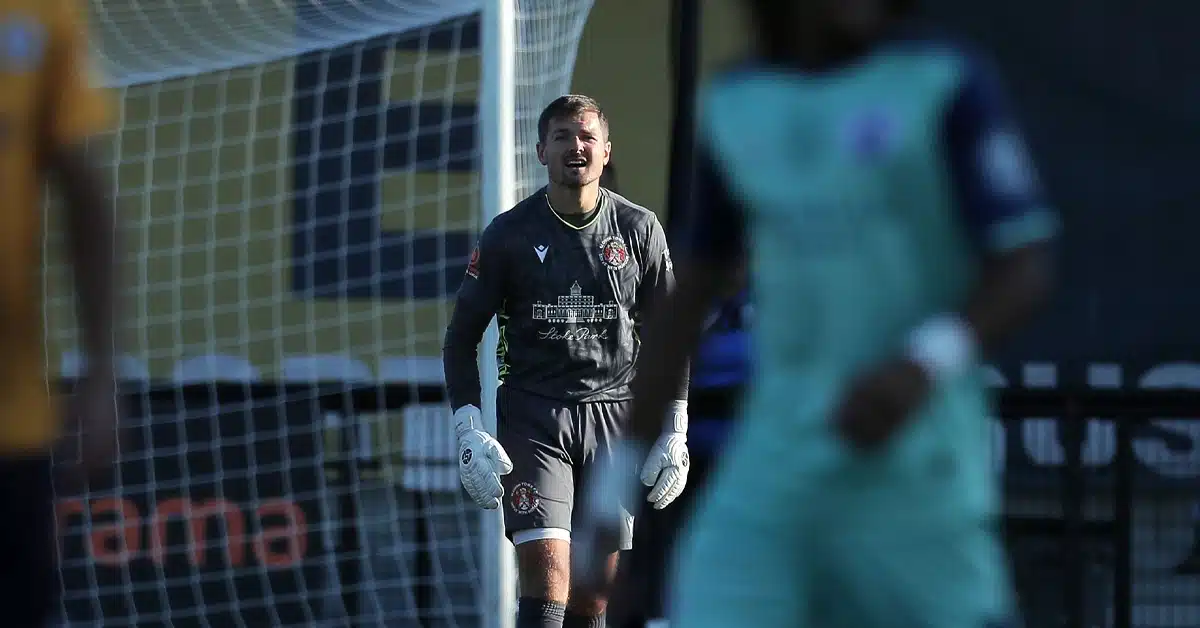Unlocking Success with Goalkeeper Goal Setting: The 6 Essential Steps
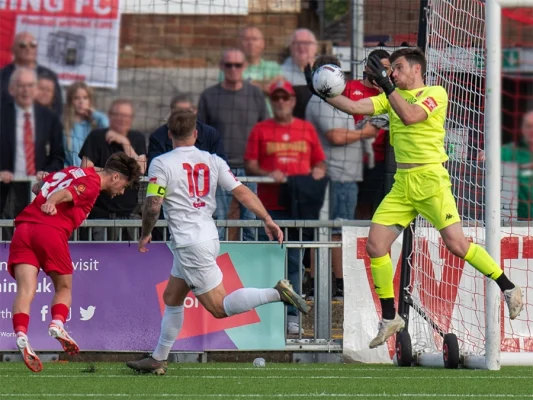
Unlock your potential with strategic goalkeeper goal setting—discover the 6 essential steps to success.
In the specialized world of goalkeeping, setting precise and actionable goals is fundamental to achieving greatness. This guide explores a six-step program specifically designed for goalkeepers to harness the power of goalkeeper goal setting and transform their performances on the field.
Step 1: Define Your Goalkeeping Objectives Clearly
Clear and Specific Goals for Goalkeepers
The journey to peak goalkeeping performance begins with setting clear and specific goals. For a goalkeeper, this might mean improving save percentages, reducing goals against averages, or mastering new techniques like penalty kicks or high catches.
How to Implement:
- Write down your goals in a journal.
- Use the SMART criteria: Specific, Measurable, Achievable, Relevant, Time-bound.
- Share your goals with someone for added accountability.
Step 2: Visualize Goalkeeping Success
Imagining Your Best Goalkeeping Performances
Visualization is a potent tool for goalkeepers. Picture yourself making that crucial save during a championship game or holding a clean sheet against a tough opponent. This mental practice boosts confidence and preps your mind for achieving these feats in real games.
How to Implement:
- Spend 5-10 minutes daily visualizing your success in a quiet space.
- Imagine the setting, actions, and what success feels and looks like.
- Incorporate all senses to deepen the experience.
Step 3: Break Down Your Goalkeeping Goals
Creating Manageable Goalkeeping Milestones
Large goals can be overwhelming. Divide your goalkeeping objectives into smaller, manageable components. For instance, focus first on improving your footwork, then your diving skills, followed by your command of the penalty area.
How to Implement:
- Outline the major steps needed to achieve your goal.
- Set mini-deadlines for each step.
- Celebrate each small success to maintain motivation.
Step 4: Track and Adjust Your Goalkeeping Progress
Keeping Your Goalkeeping Goals on Target
Regularly monitor your improvements and adjust your strategies as needed. This might involve altering your training intensity or modifying your techniques based on feedback from your coaches.
How to Implement:
- Keep a log or journal of your daily or weekly progress.
- Review your progress at set intervals.
- Be flexible in adjusting your methods and timeline when necessary.
Step 5: Gather Support and Constructive Feedback
Leveraging Coaching for Goalkeeper Improvement
No goalkeeper improves in isolation. Regular input from your goalkeeping coach or mentor can provide invaluable insights that refine your approach and enhance your skills on the field.
How to Implement:
- Identify a mentor or coach who understands your goals.
- Schedule regular feedback sessions.
- Be open to criticism and use it to fuel your improvement.
Step 6: Overcome Challenges and Recognize Your Achievements
Celebrating Goalkeeping Successes
Every save and every game is a stepping stone towards your larger goalkeeping goals. Embrace the challenges that come your way and celebrate your achievements, no matter how small they may seem.
How to Implement:
- Reflect on each challenge as a lesson.
- Set up a reward system for each achievement.
- Share your successes with your support network.
Q&A to Enhance Your Goalkeeping Goal Setting Strategy
Q1: How often should I review my goalkeeping goals?
A: Review and adjust your goalkeeping goals at least once every season or after major tournaments to ensure they remain aligned with your evolving skills and team dynamics.
Q2: What’s a realistic goal for improving save percentages?
A: Aim to improve your save percentage by 5-10% over a season, depending on your current performance level and the intensity of your training.
Q3: How can I stay motivated if I don’t see immediate results in my goalkeeping performance?
A: Focus on incremental improvements and celebrate small victories along the way. Consistent effort and patience are key to seeing long-term results.
Q4: Can goal setting help with mental aspects of goalkeeping?
A: Absolutely. Setting goals not only improves physical skills but also builds mental toughness by providing clear objectives and boosting confidence through achieved milestones.
Q5: What tools can help me track my goalkeeping progress?
A: Use a training diary to note daily practice activities and game performances. Video analysis tools can also provide objective feedback on your technique and decision-making during matches.
Check out the Tik Tok Video on Goal setting
For more insights on goalkeeping essentials and to find your perfect pair of gloves, visit our Goalkeeper Glove Shop or for more in depth information check out our Glove Cut page, Size Guide, or Glove Care Section.
Other Relevant Article: 7 Ways Goalkeepers Can Beat The Heat



